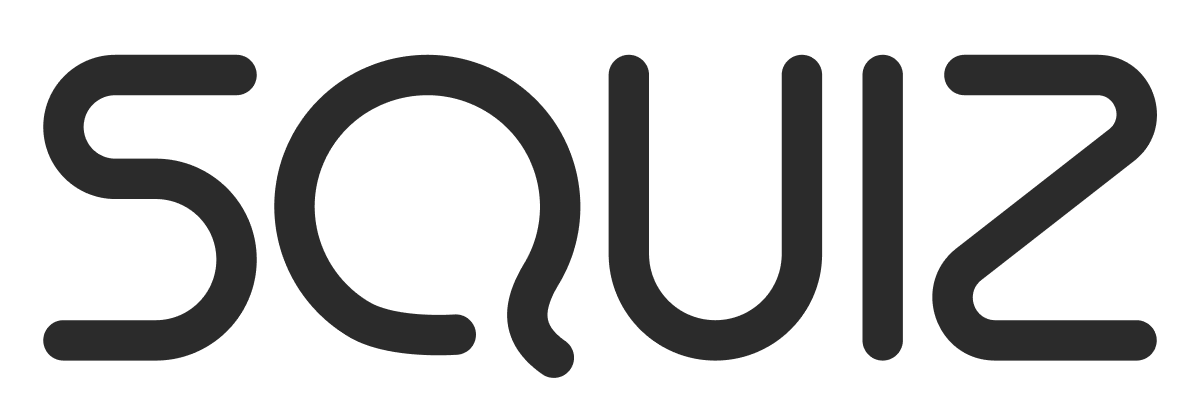I was in the process of installing the premium/commercial modules and I ran into a problem. I was running step_03.php and in the process of installing the package_manager_cms I got the following error:
+---------------------------------------------------------------------------------------------------------------------------+
| PHP Warning |
|---------------------------------------------------------------------------------------------------------------------------|
| main(HTTP/Client[SYSTEM_ROOT]php): failed to open stream: No such file or directory |
+---------------------------------------------------------------------------------------------------------------------------+
Fatal error: main(): Failed opening required 'HTTP/Client.php' (include_path='.:./php_includes:/usr/local/lib/php') in /home/websites/mysource_matrix/packages/cms/page_templates/page_remote_content/page_remote_content.inc on line 22I think the install then quit, and I can't get any of the modules to show up in my matrix install. What to do now?

